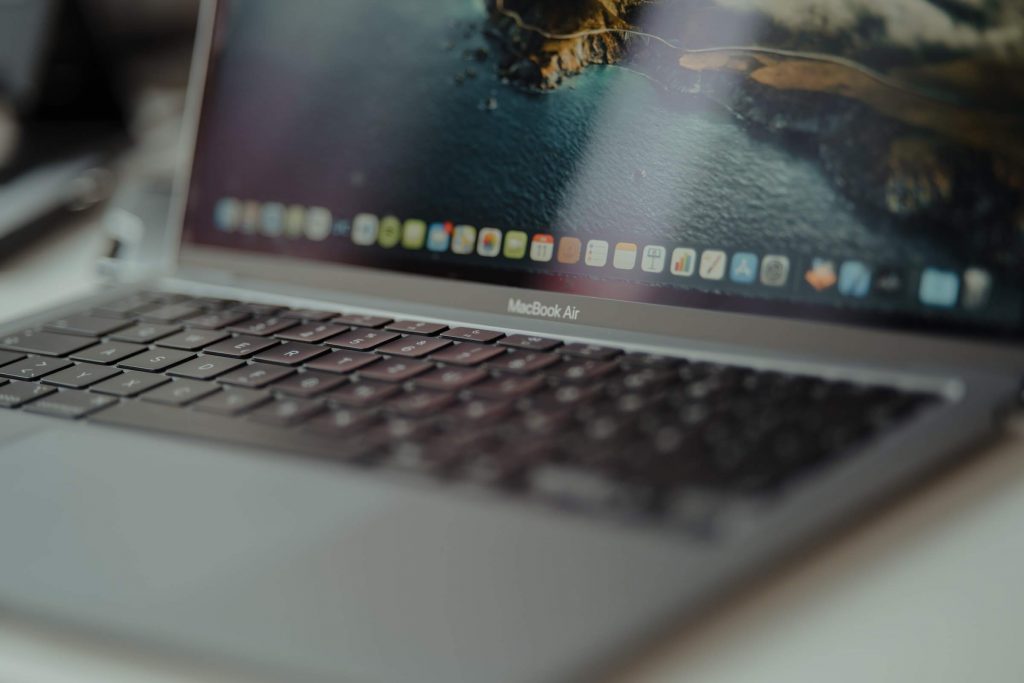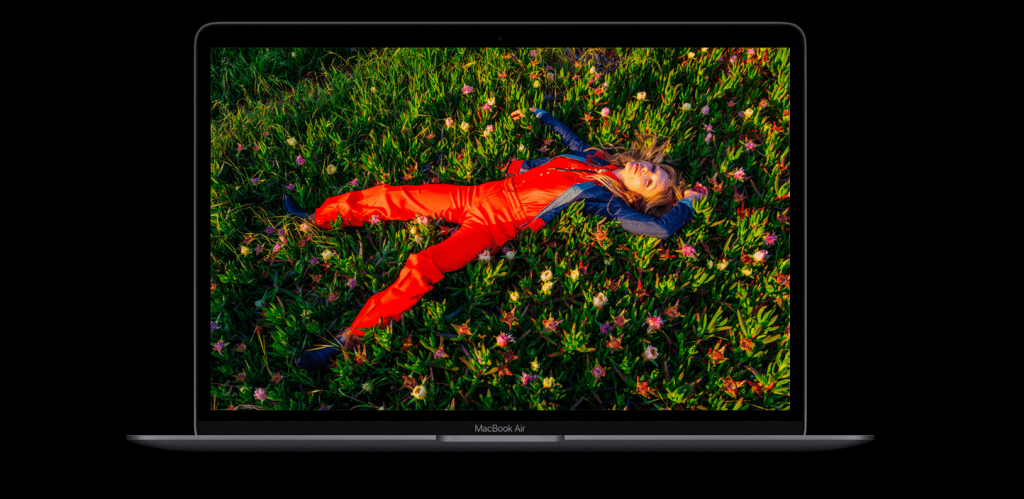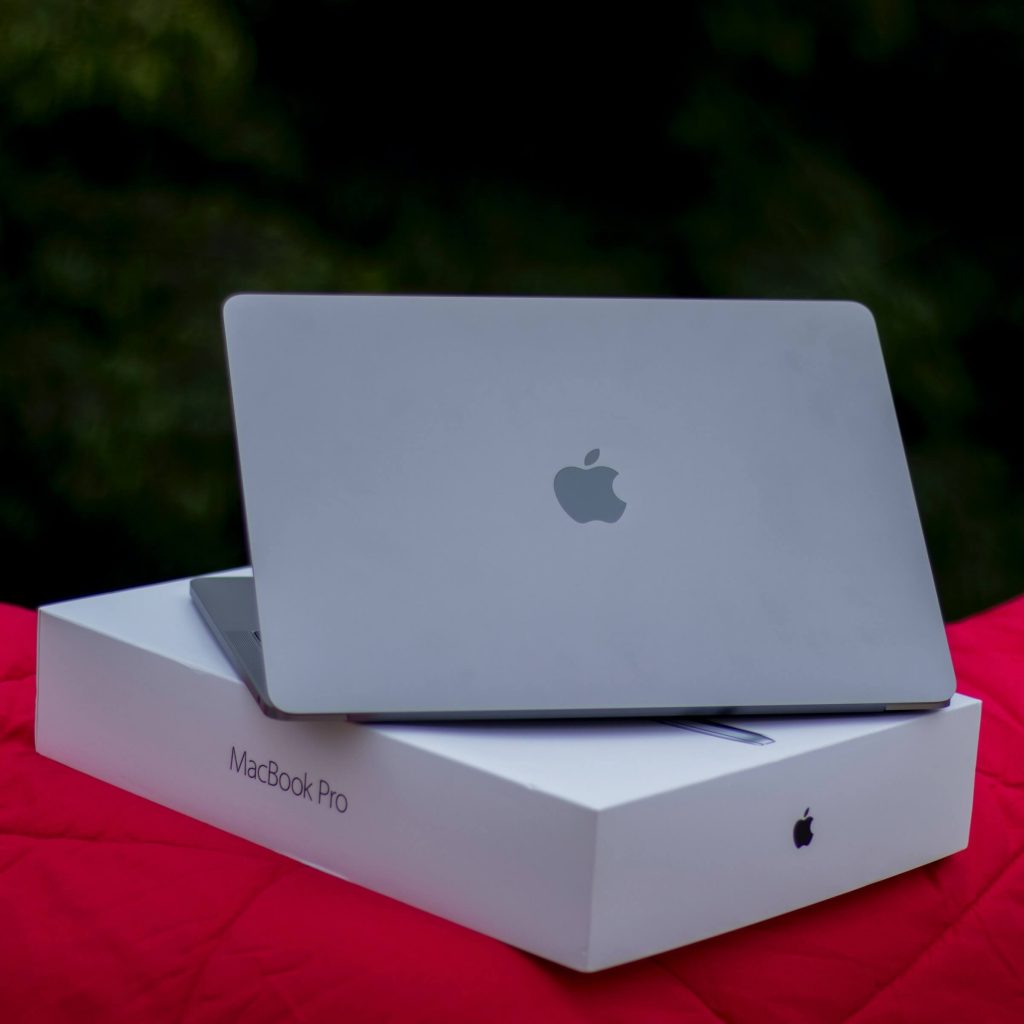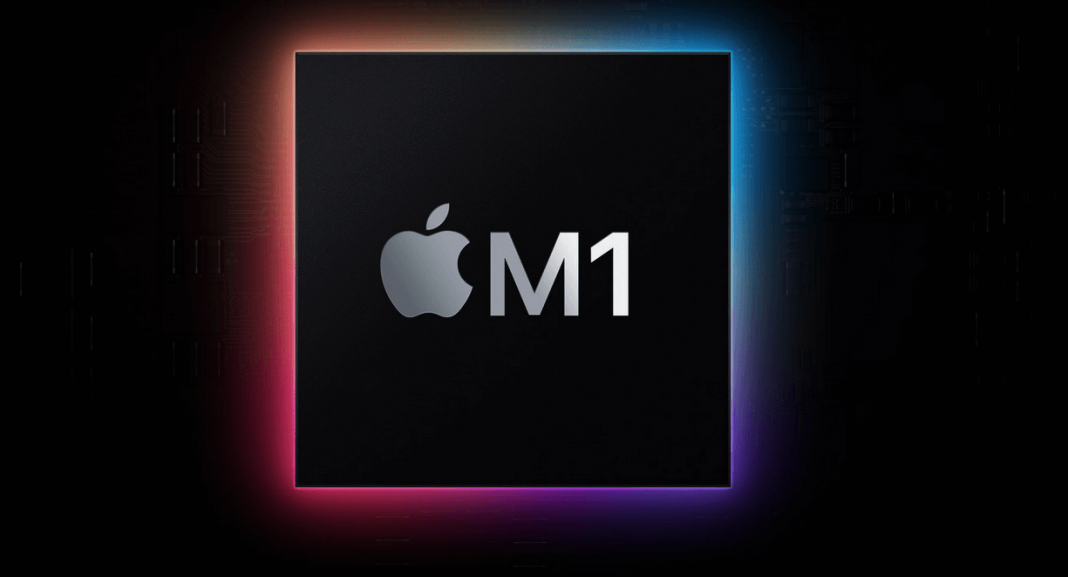We are witnessing a beautiful era for Apple laptops. The 14-inch and 16-inch MacBook Pros deliver desktop power and spectacular HDR displays. In addition, the latest M2 MacBook Air has now joined the Apple laptop line, with a similar unique design and the Air series’s trademark smaller dimensions and weight.
After shady years where Apple strumbled with faulty Macbook keyboards, a bitter shift to USB-C, and an increasingly frustrating association with chipmaker giant Intel, things haven’t seemed this bright in quite some time. But all that changes with apple’s transition to its own new Apple silicon chips.
Laptops are better than Desktop Macs
Let’s start with the truths. For years, the overall share of new Macs sold that are laptops kept going up. The last time Apple released laptop and desktop Mac sales data, laptops were well over two-thirds of Mac sales and led upward toward three-quarters. So for most of Mac’s presence, the most typical Mac has been a laptop.

Apple stated in its WWDC 2022 keynote that the MacBook Air is Apple’s bestselling laptop. And its second-best is the similarly specced 13-inch MacBook Pro. So is it any surprise the two most affordable MacBooks are the most famous?
But view the shortage of choice in Apple’s laptop line. If you don’t want a $1,999 plus MacBook Pro, you can choose between the 2020’s M1 Air, M2 Air, or the 13-inch M2 MacBook Pro. That’s three 13-inch machines that are not very different, having identical weights and sizes. So, it is not wrong to say they are three iterations of the same concept. Laptops are the Mac’s most significant category. But where’s the choice?
Rumored Launches in the laptop line
Macbook fans are encouraged by insider information that Apple is considering not one but two new laptops that would target consumers in the sub-$1,999 Mac laptop market.
Let’s start with the first big one—and we mean that literally. A few news have pointed out that Apple is preparing to release a 15-inch laptop as soon as early next year. So naturally, some define this laptop as a “15- inch MacBook Air,” but we wouldn’t get too hung up on the names provided by sources in Apple’s hardware supply chain.

A laptop big adequately to have a 15-inch display sure doesn’t seem like an Air. While the MacBook Air label has been successful for Apple, it doesn’t feel like it’s portable enough to apply to a larger and heavier laptop. There are a couple of apparent alternatives, though: It could just be called the MacBook, or perhaps the MacBook Studio.
Whatever it’s named, you can see the attraction: more screen for less! Visualize a product that can fit comfortably between the 13-inch MacBook Pro (price starting at $1,299) and the 14-inch MacBook Pro (price starting at $1,999), fulfilling the desire of people who would like a bigger display but doesn’t require leaping up to the high-end MacBook Pro laptops. With that nearly $700 price gap between the 13- and 14-inch MacBook Pro models, there’s much room for a larger laptop.
Another rumored device is a laptop even smaller than the 13-inch MacBook Air. Again, you’re quite right if you believe the current MacBook Air is small enough. For most individuals, the 13-inch laptop is the sweet spot. But some of us—and I include myself in the list—wouldn’t mind if our laptops were even lighter and smaller than the current Air.
While the 13-inch MacBook Air is smaller than ever, it doesn’t reach the ultimate packed Mac laptop, the 12-inch MacBook. That MacBook was almost an inch less wide than the Air, and while the M2 MacBook Air weighs around 2.7 pounds, the 12-inch MacBook weighed 2.0 pounds.

One can analyze where the M2 MacBook Air could be trimmed down to make a 12-inch model. The sides of the keyboard were earlier home to speaker grilles, but the speaker units got moved to the back of the keyboard region. Pull in the laptop so that it’s the keyboard’s width, lessen the trackpad’s height a little, and use the notch design with skinny bezels, and you’ve got a thinner, lighter Air. I used to operate an 11-inch MacBook Air, and I’d love to see a new model that can fill that role.
Apple’s aged Silicon is still Gold
One model in Apple’s current MacBook lineup doesn’t get enough attention — which is amusing because I suppose it might be among Apple’s best-selling laptops of the coming year: the M1 MacBook Air. So yes, the 2020’s model, the M1 Air, is still kicking around in Apple’s product lineup— mainly because it starts at $999, and Apple’s not ready to reduce margins of the M2 Air enough to get it down to that key starting price.
On most occasions, I’d roll my eyes at the advice that Apple was maintaining an old Mac model just to hit a lower price point. Similar to the M2 MacBook Pro, the M1 MacBook Air has Apple’s last-generation design, no MagSafe, and a smaller display. It’s aged tech being marketed alongside the latest tech. It seems a bit cringe-worthy.

But in this matter, I would say no. This is one of the most significant effects of the appearance of Apple silicon: The jump from Intel chips is so substantial that even the M1 MacBook Air is stunning progress over the older laptops that most users will upgrade. So if you’re upgrading from, say, a 2018 MacBook Air, you’ll get a much snappier machine with spectacularly good battery life.
Wouldn’t it be better if the M1 Air had been discontinued and the M2 Air offered at the same prices? Well, yes, of course, it would. But I understand why Apple couldn’t do that— and I’m happy that consumers can still get a great Mac laptop for $999. Or, if they prefer, they can get an even better MacBook Air starting at $1,199.




